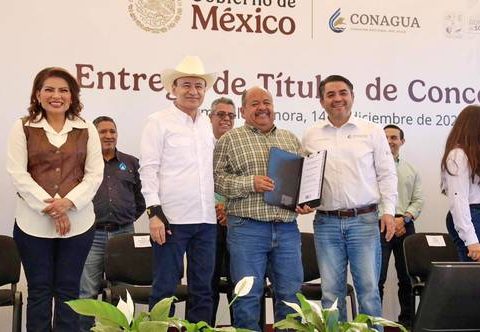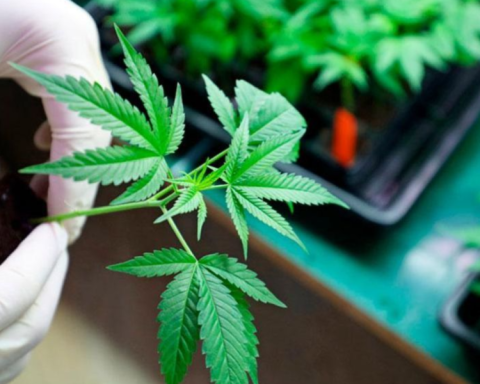Natural or artificial, what is its carbon footprint?
Like many answers, everything is relative, since it depends on the use that is given to each type of tree. But there is a calculation to estimate the carbon footprint of buying an artificial tree and a natural tree.
The carbon footprint is the number of tons of CO2 emitted by the manufacture of an article. or, in this case, the clearing of a natural tree and its waste.
In the case of the natural tree, the estimated carbon footprint is 3.5 kilograms of CO2, if it is considered that it will end up as wood chips or burned as firewood. And, if the tree ends up decomposing in a landfill, its footprint increases significantly to 16 kilos of CO2 being released into the atmosphere.
On the other hand, the carbon footprint of an artificial tree is higher, since it reaches 40 kilos of CO2. All this according to the calculations of the British Carbon Trust.
How can putting up an artificial tree be sustainable?
The artificial tree can have a minor impact if used for at least 12 years, instead of putting a natural tree every year, during the same period. Although today there are companies that give a bonus to customers who return a natural tree to be planted again.
And despite the calculations of the British Carbon Trust, we must add other environmental costs associated with the artificial tree, such as plastic packaging and the use of fuel for transport from the countries where they are manufactured, such as China.
Additionally, some natural tree waste can be specially treated as compost or biomass, generating less CO2 in its recycling compared to plastic waste.
When not to buy a natural tree?
A natural pine is not a guarantee of environmental care, since sometimes sellers may be illegally extracting it from protected areas. Therefore, consumers should ensure that they are buying from a producer that is authorized and that it complies with environmental regulations.
Finally, it is better to have a tree in a pot to be able to move it to a garden later

















